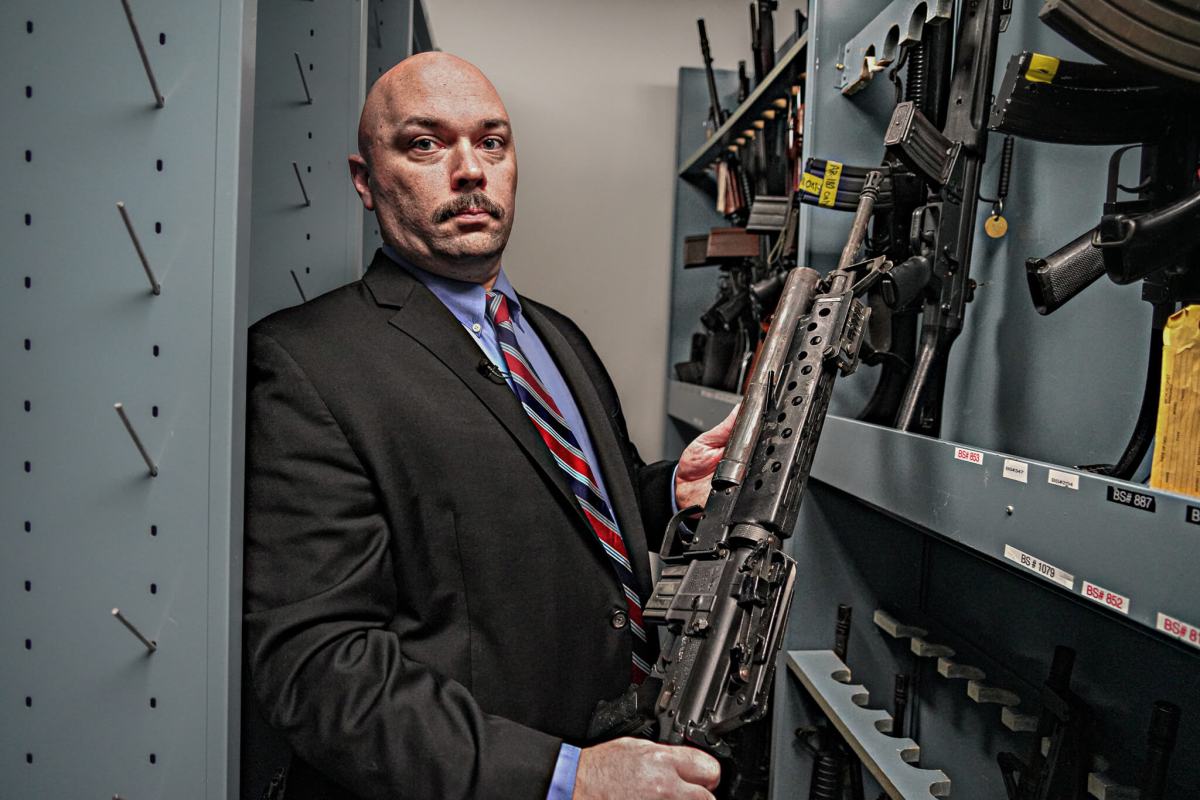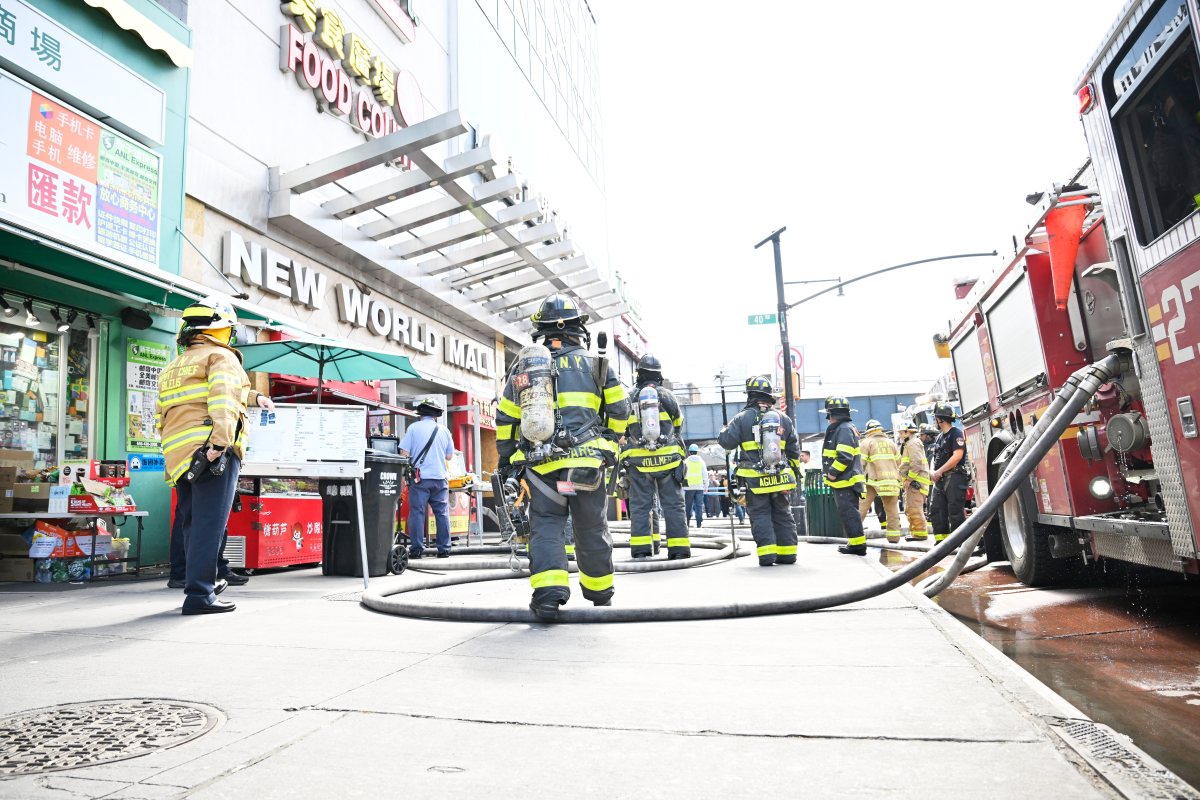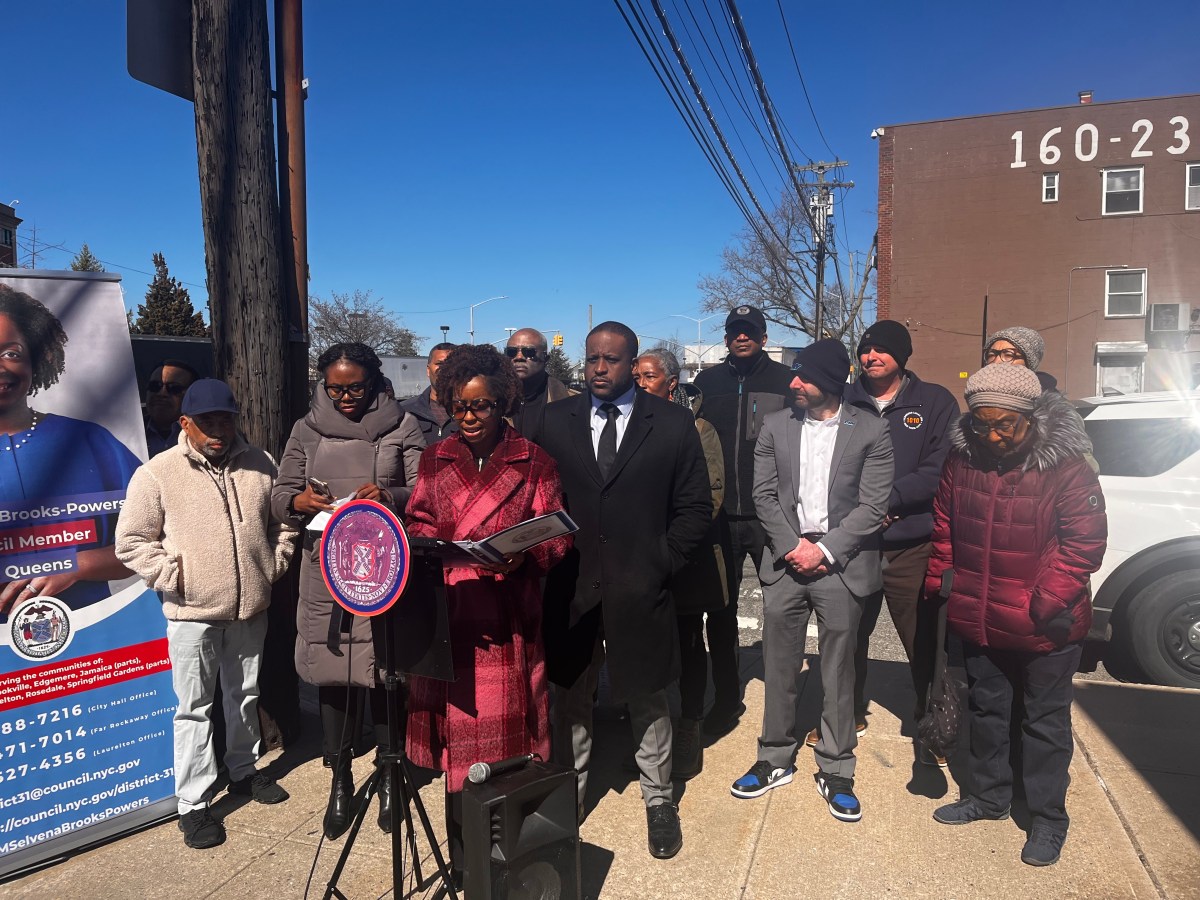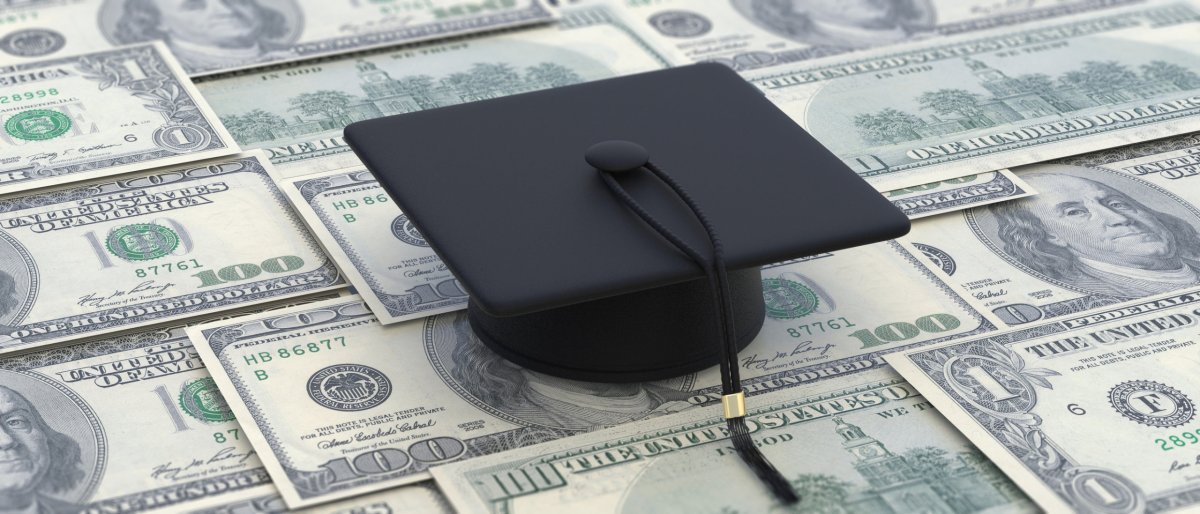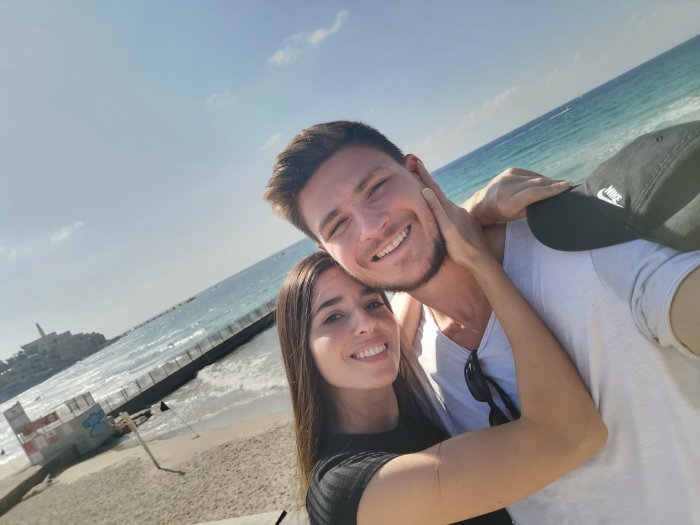Inside a Jamaica, Queens police crime lab, members of the NYPD are working tirelessly to track those responsible — armed with “ghost guns” and other firearms — for unleashing a hailstorm of bullets into New York communities.
According to the NYPD, this past weekend alone saw 24 shootings that occurred from March 18 to March 20, resulting in 29 individuals shot. The lab’s efforts are crucial in not only solving those crimes, but helping police get “ghost guns” — illegal, untraceable weapons made of plastic, modeled after authentic firearms and just as deadly as the real things — off the streets.
Behind both microscopes and confiscated firearms, leading experts talked amNewYork Metro through how they bust the ghosts. In the first part of our series on illegal ghost guns, amNewYork Metro spoke with Inspector Courtney Nilan regarding the NYPD’s methods of busting homemade firearm dealers.
This part of the story focuses on how crime lab investigators use world leading technology and ballistics to trace what has been deemed untraceable.
Beginning inside what is known as the tank room within the firearm analysis section inside the police laboratory, Captain Matthew Strong clutched a ghost gun beside a large metal container.
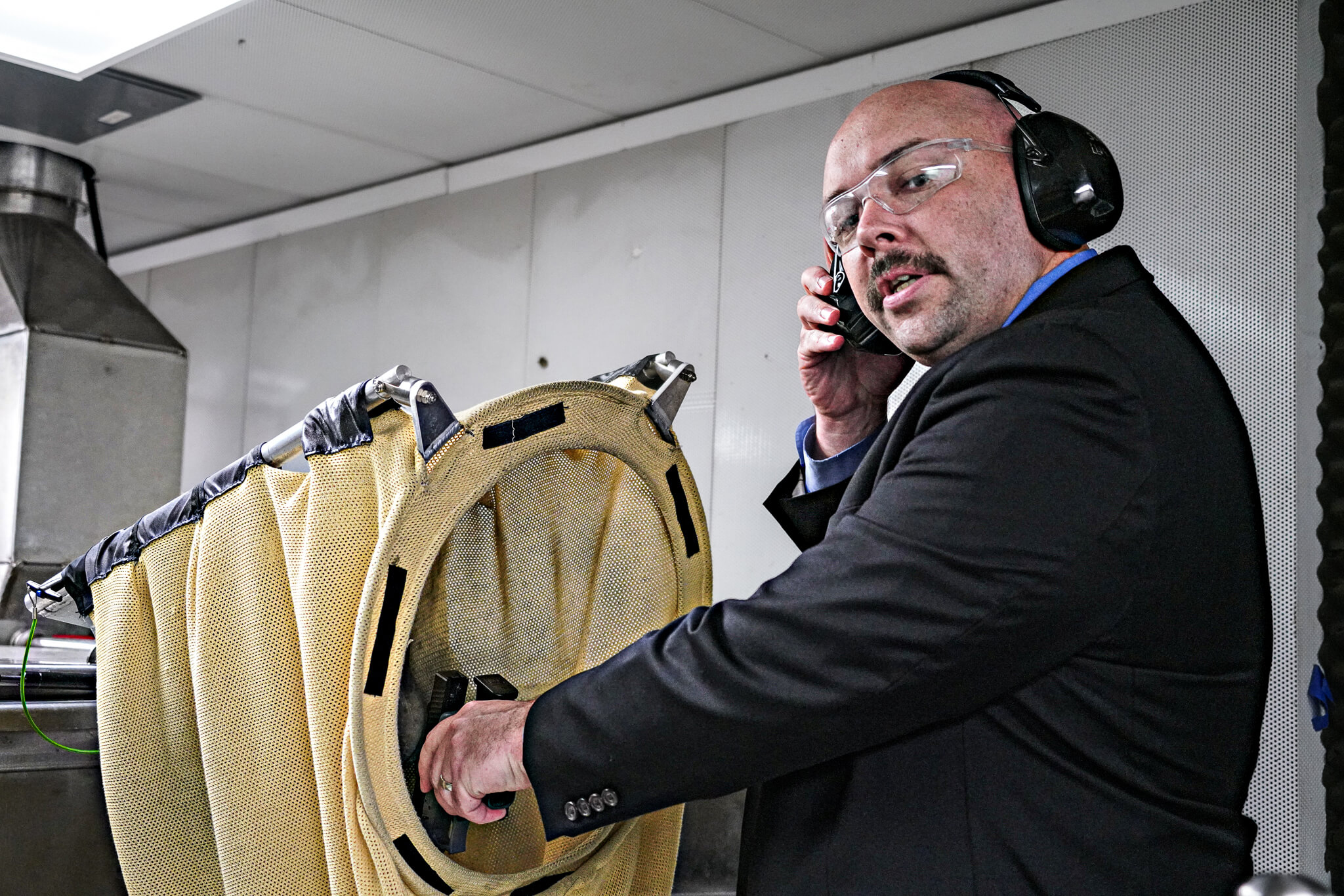
“This is where we test fire a seized or found gun,” Strong began. “We create test fires to compare microscopically to crime scene evidence or other ballistics that have been recovered. Right now, we have a ghost gun here. I am going to fire it into the tank and that is going to give us two things: it will give us fired shell casings and it is going to give us fired bullets that we can recover from the tank afterwards.”
Placing a protective sheet over the gun to prevent backfire — something ghost guns have been known to do when ill assembled, Captain Strong fired several shots into the tank. Although ghost guns lack serial numbers, making them difficult to track, using this technique allows Strong to take both the casings and the bullets themselves to another part of the lab where they can possibly be traced to other crimes the guns may have been attached to.
“With ghost guns, the untraceable firearm is the moniker, but they are still guns and we are able to do forms of testing to compare them to fired evidence from scenes or from homicides, assaults. So, we can still track them in our way even though they are personally manufactured, and they aren’t traceable for sale or transfer,” Strong explained.


Strong then led amNewYork Metro to the microscopic department where detectives place the ballistic evidence beneath a microscope and painstakingly compare bullets to determine if they match and are then linkable to another crime.
“What the detective is doing right now is he’s lining them [the bullets] up together so that he can compare the striations, the breech face impressions, and firing compression and see if they were fired from the same firearm or not,” Strong said gesturing to a detective bent over a microscope. Strong stressed that the work takes days to complete. “It’s a very slow, meticulous process. And, you know, as we’re trying to help investigators in the field as always, it takes as long as it takes. It’s tough sometimes when we can’t give people the answers that they want.”
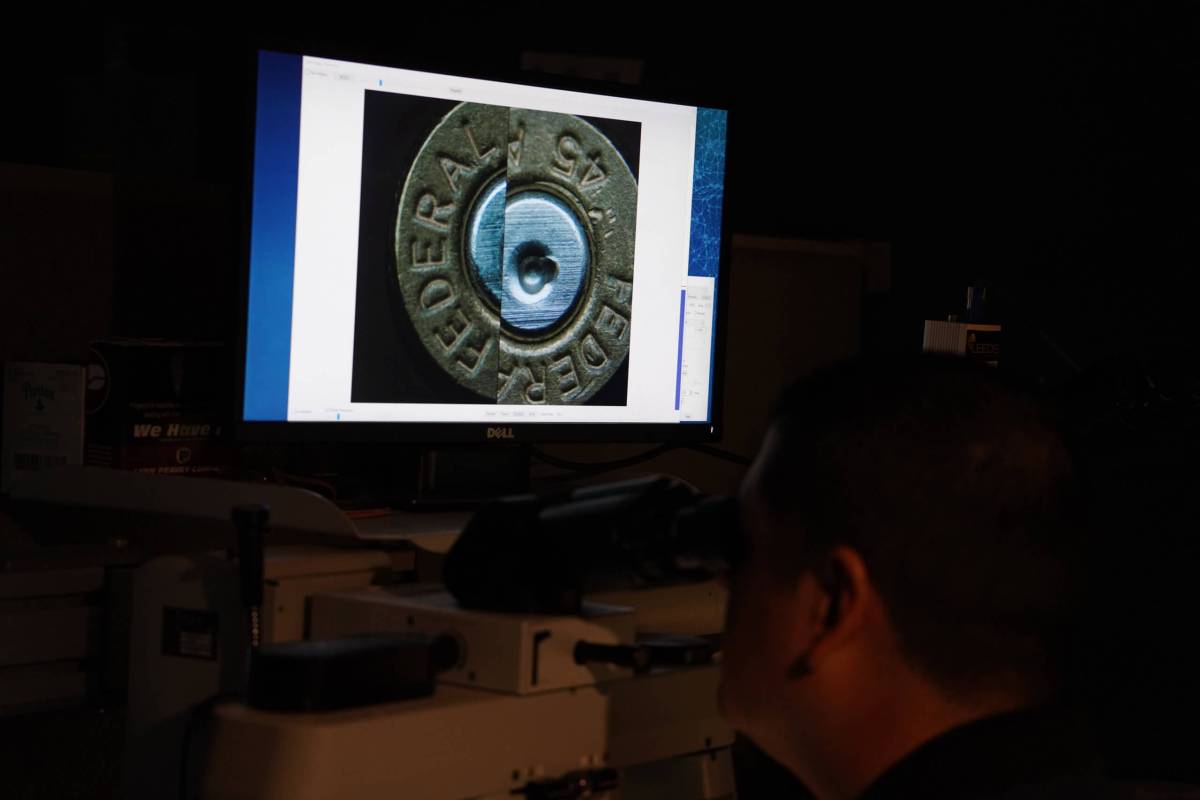
With technological advances allowing criminals to 3D print firearms in their own homes, it would be easy to believe that the NYPD are currently wading into uncharted territory. However, Strong explained that the police department has been dealing with those who have been constructing their own firearms for decades. While they are not as nearly as complex as ghost guns, they have been a thorn in their side.
Opening extensive lockers brimming with all kinds of firearms from German luger to hefty machine guns, Strong said that they have seen it all.
“We have even had firearms made out of pipes where it is basically just a shotgun shell and a pipe and then they use a cap to set it off. So, these things are not new, again there’s a fair amount of mechanical skill involved in putting together something like this,” Strong said.


Also housed at the facility are famed murder weapons such as the gun that was used to kill John Lennon and the handgun wielded by the Son of Sam killer. These firearms serve as a reminder of the atrocious potential of what can happen when they fall into the wrong hands, yet the NYPD never stops striving to ensure this does not happen. With many busts famously ending up on the table in the Queens DA’s office after joint operations with District Attorney Melinda Katz, this is how the NYPD takes guns off the street and onto the evidence table.
“Everything kind of comes through here at one point,” Strong said.

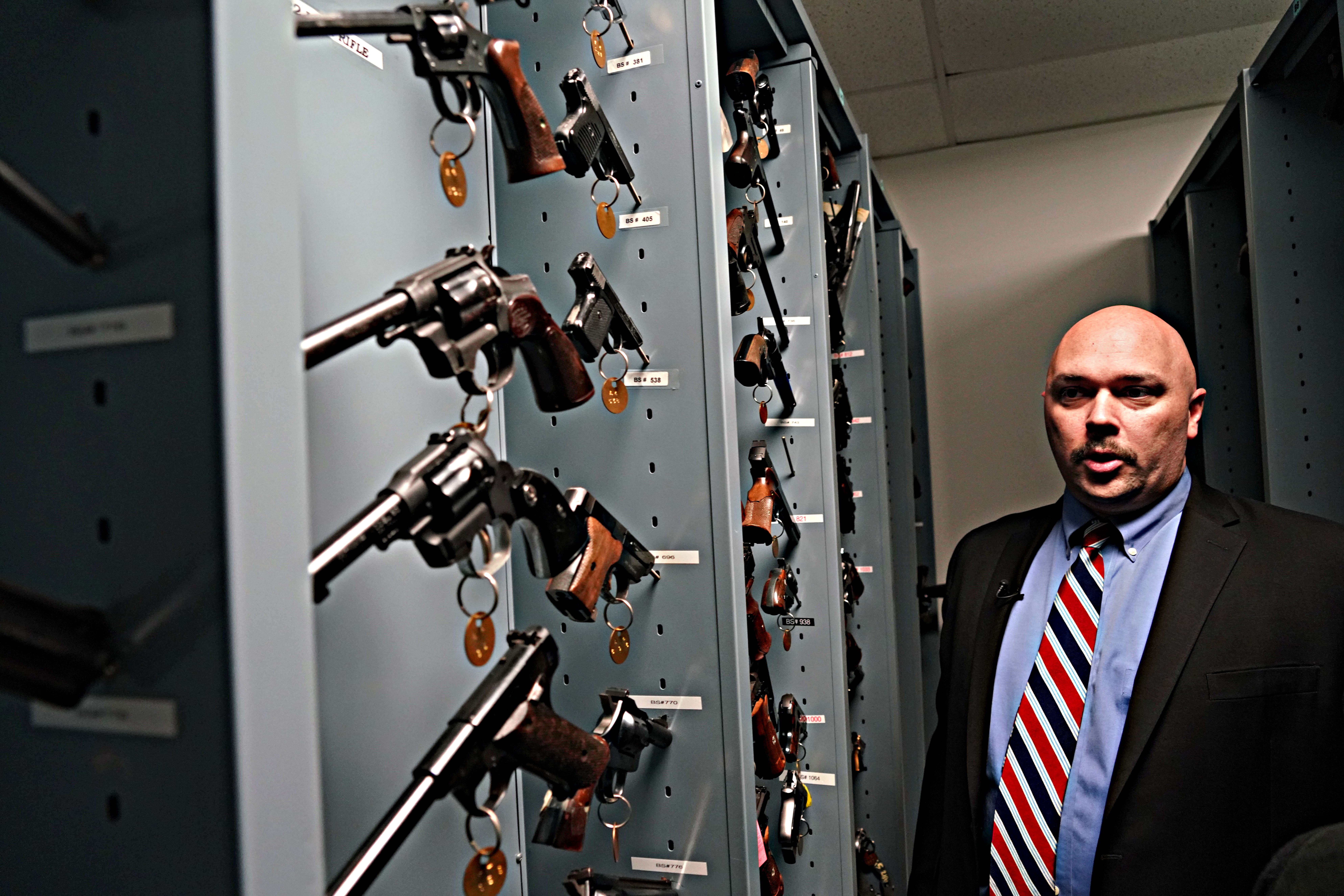
Read more: Battery Park City Leads Manhattan with Highest Average Rent



